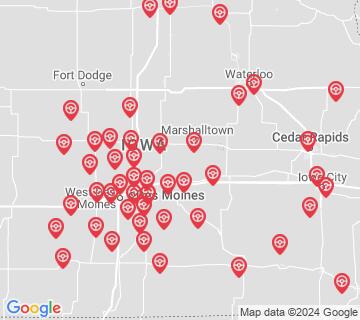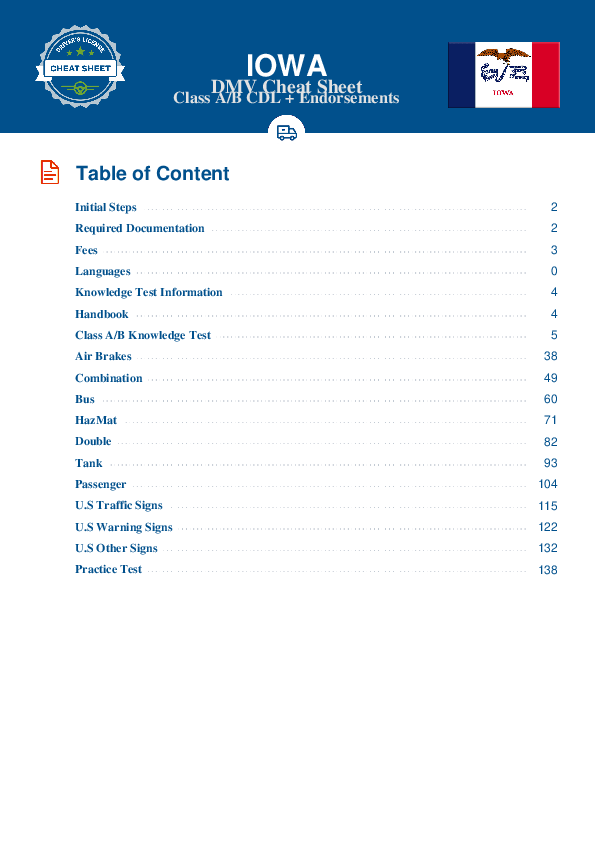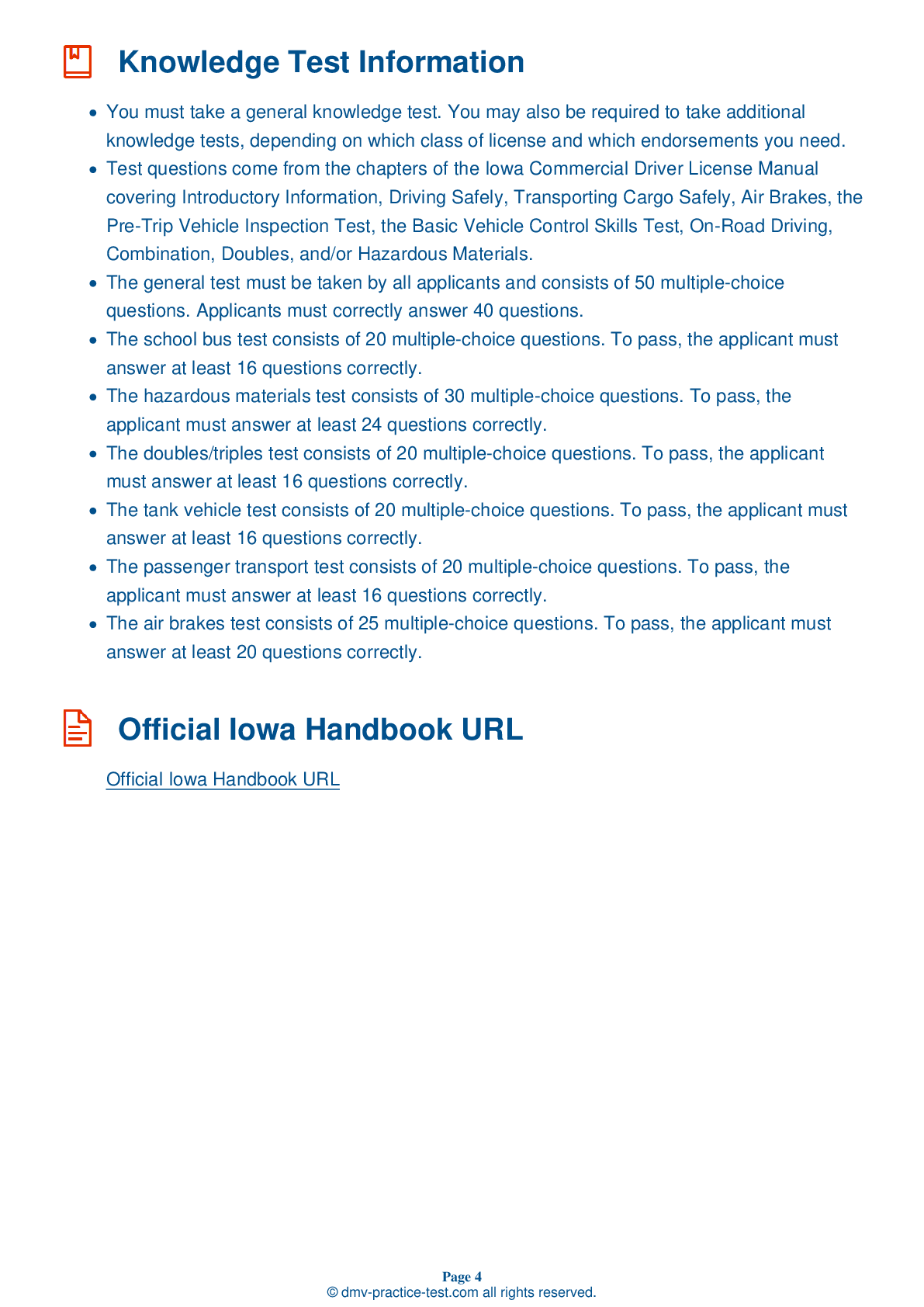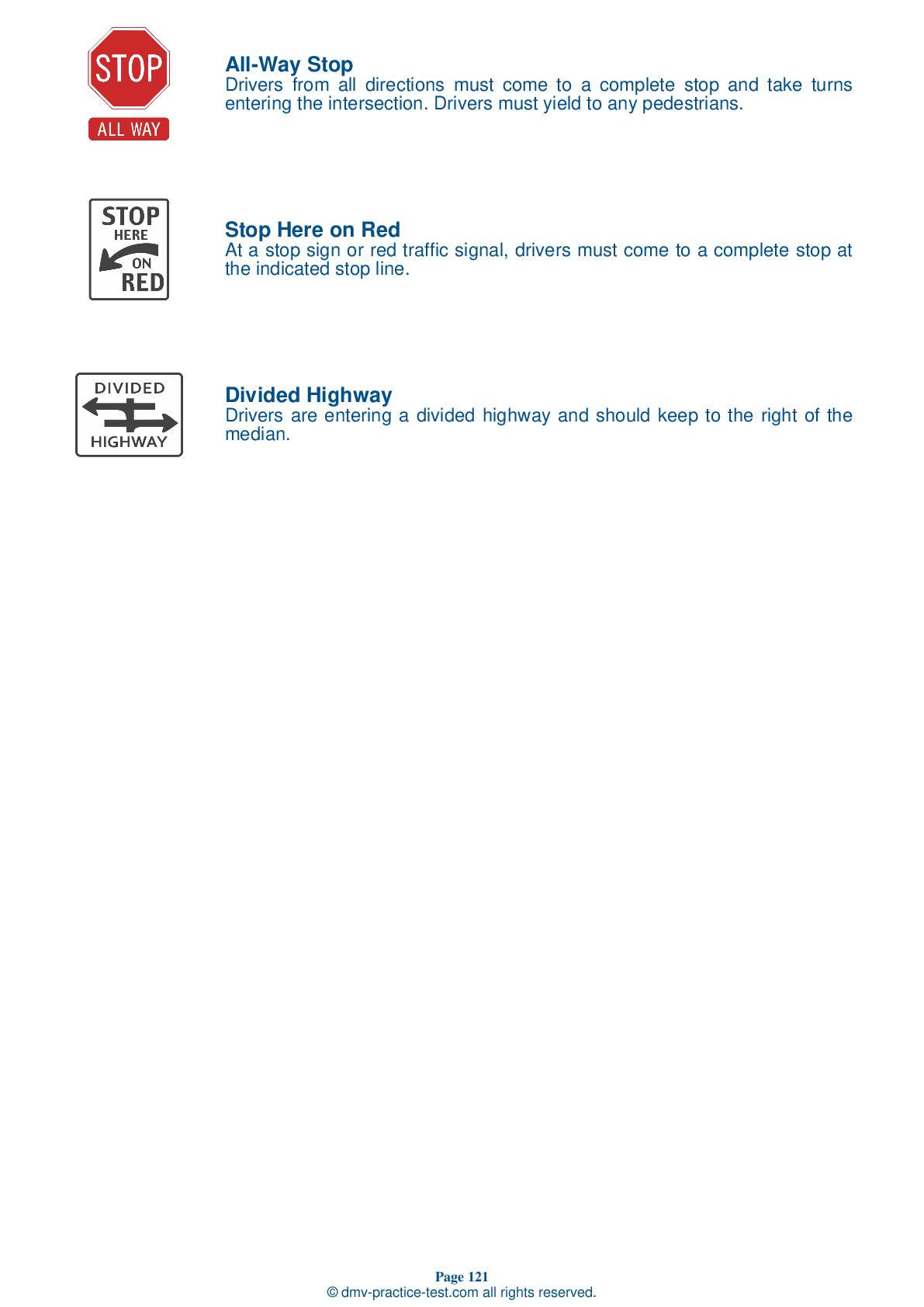Knowledge Test Class B #2
Class B Driving Test | Iowa 2025 #2 Page 5 of 7
Train for FREE online with our Iowa class B license test. The official exam test consists of several obligatory parts, with all of them checking your knowledge of different blocks of road rules. If you need to obtain a IA CDL class B permit in 2025, practice as much as possible. Free sample tests published on our website will help you check and improve your knowledge and boost your grades. Please bear in mind that CDL class B requirements may vary from state to state.
50
40
20
29 . A truck should be parked:
Because you can't see everything behind you, backing is always dangerous and should be avoided whenever possible. Choose parking spaces from which you can pull forward when you leave.
30 . During a static leakage test, what is the maximum leakage rate that is safe for a double combination vehicle?
When performing a static leakage test on a double combination vehicle with air brakes, the leakage rate should be no more than 3 psi in one minute. If the air leaks from the air brake system at a quicker rate, the vehicle should not be driven because something likely needs to be repaired.
31 . If exiting a bus, a driver must:
When exiting your vehicle during the basic vehicle control skills test, you must face the vehicle and maintain three points of contact at all times. If your testing vehicle is a bus, you must maintain contact with the handrail. Exiting the vehicle incorrectly may result in automatic failure of the basic vehicle control skills test.
32 . How soon after starting a trip must cargo securement be checked?
Cargo should be inspected before beginning a trip, within the first 50 miles of the trip, and every three hours or 150 miles traveled thereafter. The driver of a truck transporting cargo is responsible for the cargo being safely secured throughout the trip.
33 . When using a mirror, you should:
When making mirror checks, you should look at the mirrors fairly quickly. If you spend too much time looking in a mirror, you may travel a substantial distance down the road without seeing what is coming up ahead.
34 . If your automobile license is suspended:
You must tell your employer within 30 days if you are convicted of any traffic violation, aside from a parking violation, no matter which vehicle you were driving at the time of the violation. If your license is suspended, revoked, or canceled, or if you are otherwise disqualified from driving, you must tell your employer within two business days.
35 . When changing lanes:
Always use your turn signals and check your mirrors when changing lanes.
Search the best driving school in your neighbourhood
2025 Iowa | Frequently Asked Questions
A CDL Class A license in Iowa is defined as a commercial driver's license that permits the holder to operate any combination of vehicles with a Gross Vehicle Weight Rating (GVWR) of 26,001 pounds or more, provided the GVWR of the vehicle(s) being towed is in excess of 10,000 pounds. This includes tractor-trailers, truck and trailer combinations.
A Class A CDL license in Iowa allows the holder to operate various types of vehicles including tractor-trailers, truck and trailer combinations, tank vehicles, livestock carriers, and flatbeds. The license covers vehicles with a Gross Vehicle Weight Rating (GVWR) over 26,001 pounds and the towed vehicle is more than 10,000 pounds.
To obtain a Class A CDL license in Iowa, you must be at least 18 years old (21 for interstate driving), possess a valid non-commercial driver's license, and pass a vision test. You'll also need to pass written knowledge tests, a skills test, and a pre-trip vehicle inspection. For certain endorsements like hazardous materials, a background check is required.
In Iowa, you must be at least 18 years old to qualify for a Class A CDL license. However, please note that while you can obtain a CDL at 18, federal law requires drivers to be at least 21 years old to drive commercial vehicles across state lines or to transport hazardous materials.
Specific endorsements aren't required for a Class A CDL license in Iowa but they can enhance your license. Endorsements like "T" for double/triple trailers, "P" for passenger vehicles, or "H" for hazardous materials allow you to operate specific types of vehicles or carry certain types of cargo. Each endorsement requires passing additional tests.
The Class A CDL skills test in Iowa encompasses three main areas: pre-trip inspection, basic vehicle control, and on-road driving. The pre-trip inspection tests your ability to inspect your vehicle before driving. Basic vehicle control assesses your ability to control the vehicle. On-road driving tests your ability to drive the vehicle in various traffic situations, including turns, intersections, and highway driving.
Yes, Class A CDL license holders in Iowa may face limitations based on their medical qualifications, the type of vehicle they're allowed to operate, and the cargo they can transport. This could result in restrictions such as "No passengers", "Intrastate only", or "No air brake equipped". Also, drivers under 21 are limited to intrastate operation only.
In Iowa, the written Class A CDL test is primarily administered in English. However, some locations may offer the test in Spanish. It's important to note that even if the test is taken in Spanish, the Federal Motor Carrier Safety Administration requires all commercial drivers to read and speak English sufficiently to converse with the general public, understand highway traffic signs and signals, respond to official inquiries, and make entries on reports and records.
Yes, you can request accommodations for the Class A CDL written test in Iowa if you have a disability. The Iowa Department of Transportation is committed to providing reasonable accommodations in accordance with the Americans with Disabilities Act. You should contact your local DOT office in advance to discuss your needs and arrange for modifications or aids to assist you during the test.
Yes, if you don't pass the Class A CDL written test in Iowa, you can retake it. However, you must wait at least one day before retaking the test. Please note that there may be additional fees for each retest. It's advised to review your study materials thoroughly before attempting the test again to increase your chances of passing.




